Definition
A Top-Level Domain (TLD) is the last segment of a domain name, positioned after the final dot (e.g., ".com," ".org," ".net"). TLDs are part of the Domain Name System (DNS) and are categorized into different types based on their purpose and origin.
Function
The primary function of a TLD is to help identify the nature of a website or its geographical origin. For example, generic TLDs, such as ".com" or ".org," can signify a variety of organizations or commercial entities, while country-code TLDs, like ".uk" or ".ca," indicate websites associated with specific countries. TLDs play a crucial role in web navigation, branding, and search engine optimization by influencing user perception and credibility of the domain in question.
Related Terms
- Domain: A human-readable address corresponding to an IP address, which is part of the larger TLD structure.
- DNS (Domain Name System): The system that translates domain names into IP addresses and routes traffic accordingly.
- Registrar: A service that allows individuals and organizations to register domain names, which include selecting a TLD.
Here is the Wikipedia Article
Reading Suggestions
- SEO for Christian Businesses: This article discusses how the choice of Top-Level Domain (TLD) can affect SEO performance for Christian businesses, helping you to make an informed decision that enhances your online visibility.
- Understanding Analytics: Although focused on analytics, this article provides insights on how to track the effectiveness of different TLDs in driving traffic to your site and evaluating your online presence.
